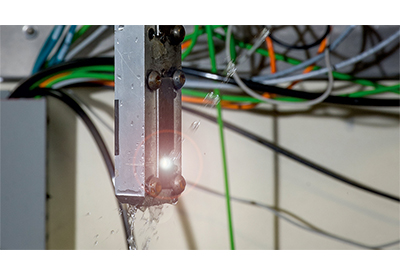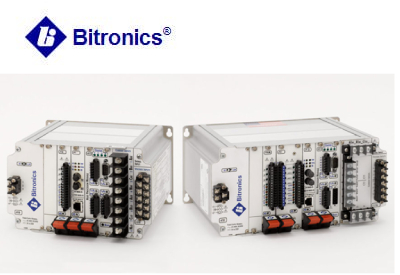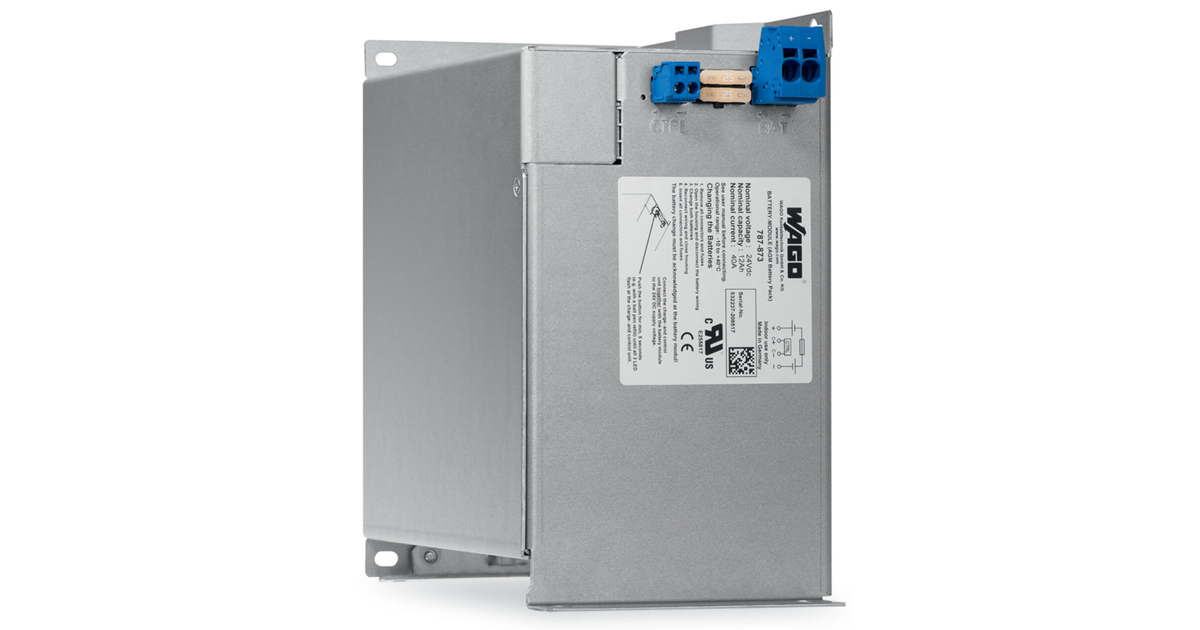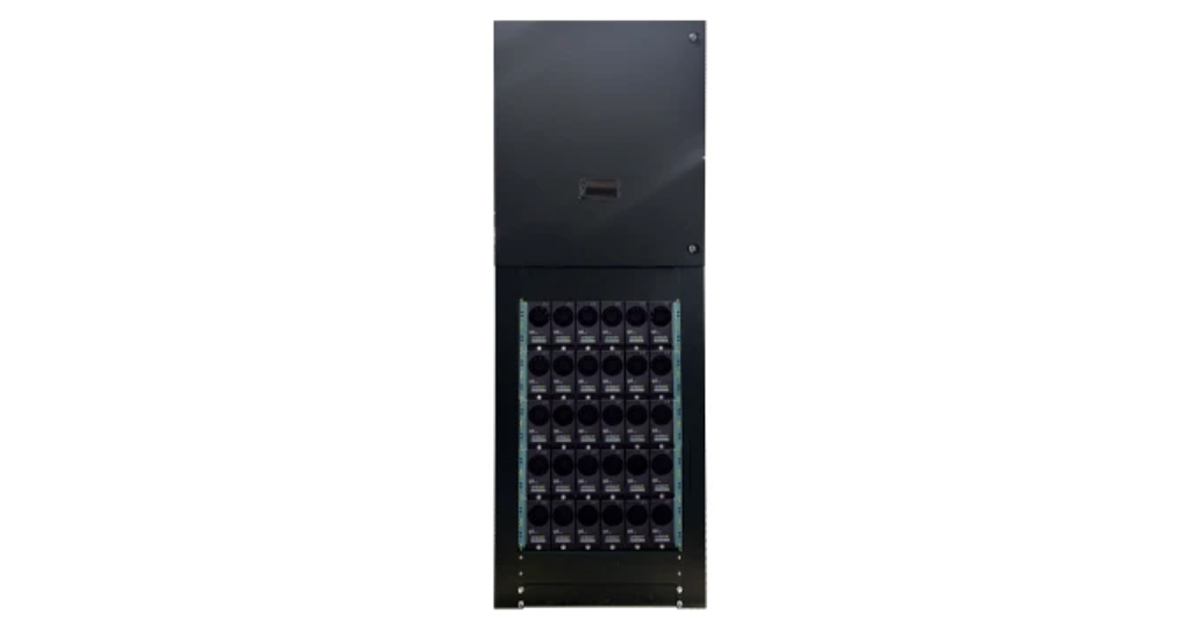How Does an Enclosure Plinth Work and Why Are They Important?
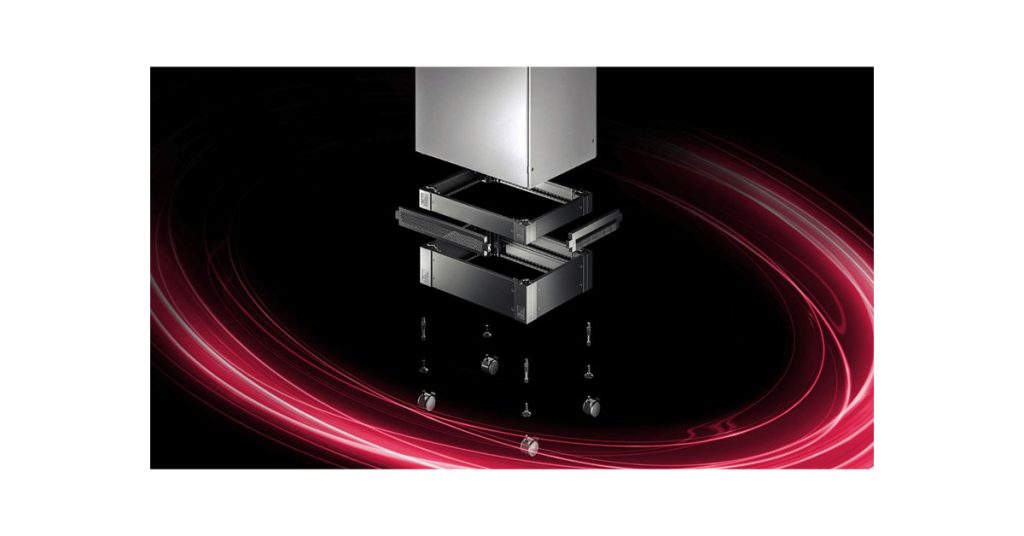
April 2, 2024
One challenge that manufacturers face with servicing or customizing the wiring and cable configurations of their industrial enclosures is the ability to quickly access the wire systems that require attention. While a more modular approach to industrial enclosure design and configuration can simplify this process, an enclosure plinth makes access faster and easier, and it can also increase the cable and wiring capacity of standard industrial enclosures.
Increased cable flexibility is not the only benefit an enclosure plinth provides. In fact, plinths can help manufacturers increase productivity and reduce downtime in a number of key ways.
With this in mind, this article will look at how an industrial enclosure plinth works, and why enclosure plinths can be extremely important in helping manufacturers enhance the versatility of their automation infrastructure and increase their speed-to-market.
How does an industrial enclosure plinth work?
An enclosure plinth is a square or rectangular base that is used to support and elevate an industrial enclosure once it has been assembled and installed. Plinths also provide enhanced stability to the base of the enclosure, and, depending on the type used, plinths can provide additional rigidity to the frame of the enclosure.
What’s more, plinths can help protect enclosures against flooding or other types of damage that may affect the factory floor by elevating sensitive electronics and wiring off the ground.
Enclosure plinths also expand the wiring capabilities of an enclosure by providing new, more flexible pathways for wires and cables to be connected. Plus, plinths also make it faster and easier to access control panels. Not only does this optimize your wiring versatility, it also helps you more easily scale your wiring configurations based on market demand.
Why are industrial enclosure plinths important?
Aside from additional wiring capacity and flexibility, plinths are beneficial in harsh industrial conditions where intense vibrations or environmental factors can compromise enclosure stability and performance.
For example, outdoor industrial automation systems can require a greater degree of reliability and durability, and a plinth can help ensure an enclosure remains stable in more demanding applications.
Plinths are also important when baying enclosures. Plinths allow for easy cabling between bayed enclosures, and plinths also provide a secure space to support and route cabling between enclosures in ways that conserve space inside the enclosure.
Baying multiple enclosures without a plinth can create unnecessary complexity in panel wiring and cable management, and it can compromise the ability to scale or customize your enclosure based on need. .
What makes Rittal’s new VX plinth the ideal plinth solution for almost any application?
Rittal’s new VX plinth retains many of the same stability and wiring flexibility features as its predecessors, some of which include a centering aid and the ability to fit to the same enclosure platforms as previous plinth models, like Rittal’s TS plinth. But the new VX plinth also contains some significant advancements that make the VX plinth one of the most innovative plinth solutions on the market.
For example, the new VX plinth allows for:
- Interior installation via corner pieces
- A second mounting level for straight cable entry to the mounting plate
- Ventilated trim panels that are compatible with brush strips
- The use of trim panels to stabilize the plinth corner pieces
What’s more, the new VX plinth can easily integrate with the floor mounting lug, and the VX plinth helps eliminate gaps between multiple baying enclosures to help quickly and seamlessly scale your automation infrastructure, regardless of need or application.
With an emphasis on simplified installation, enhanced stability, and easy access for accelerated customization and configuration, the new VX plinth can help manufacturers better adapt to the ever-changing nature of today’s production landscape.






